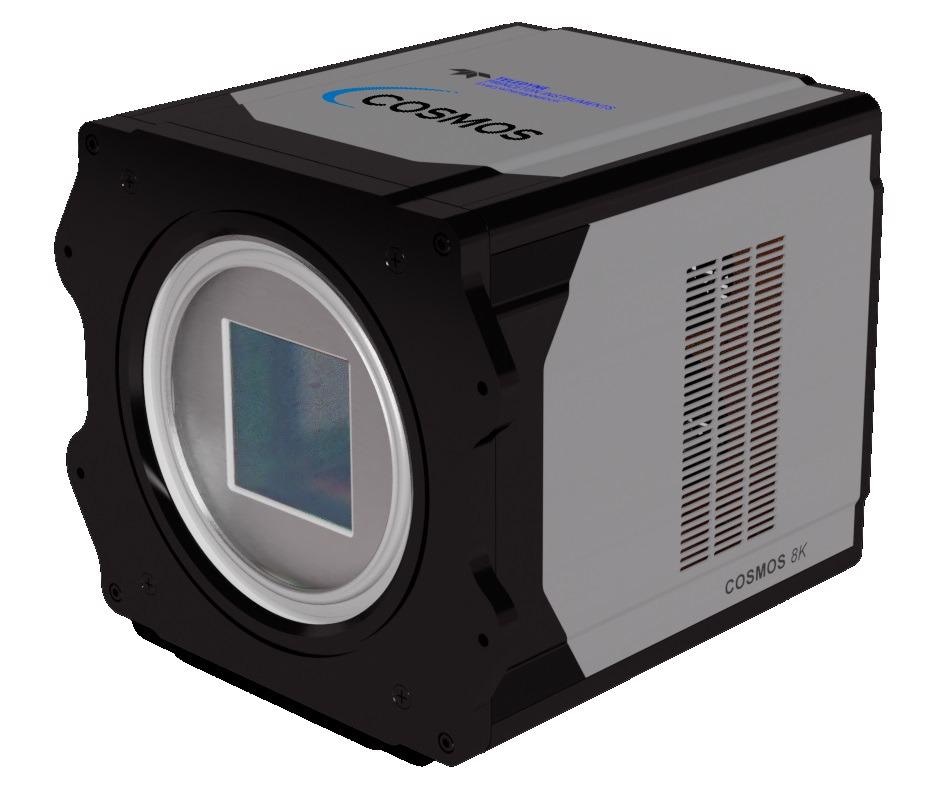Mar 10 2021
Teledyne Imaging, part of Teledyne Technologies, is proud to introduce COSMOS™, large-format, back side illuminated (BSI) CMOS cameras optimized for astronomy. Exclusively developed by Teledyne Imaging, COSMOS draws on decades of expertise in CCD and CMOS sensor and camera development to enable new possibilities in ground-based astronomical imaging.
 Teledyne Imaging’s new COSMOS camera ideal for ground-based astronomy. Image Credit: Teledyne Imaging
Teledyne Imaging’s new COSMOS camera ideal for ground-based astronomy. Image Credit: Teledyne Imaging
Built around Teledyne’s proprietary LACera™ image sensor technology, COSMOS delivers deep-cooled, low-noise performance on a multi-megapixel scale with global shutter, 18-bit readout, and glow reduction technology. COSMOS addresses many of the challenges of today’s CMOS technology by maintaining performance when scaling to larger formats and combining speed and low noise.
COSMOS is available in 3k x 3k, 6k x 6k, and 8k x 8k sensor sizes for maximum field of view. COSMOS large array cameras provide >90% peak quantum efficiency for high sensitivity and over 50 fps for capturing dynamic events. Other benefits include 0.7 e- read noise for detection of faint objects, and deep cooling to ensure low dark current. An advanced pixel structure allows for true global shutter alongside back-illuminated CMOS.
COSMOS cameras address the demands of many researchers, specifically those with applications in ground-based astronomy. These applications include orbital object tracking, time domain astrophysics and exoplanet research. The COSMOS hardware and software are designed with flexibility in mind to meet custom requirements to adapt to various telescopes.
“We are very excited about the potential new research that COSMOS will enable and look forward to partnering with the astronomy community to facilitate their next discoveries,” commented Ravi Guntupalli, Vice President and General Manager at Teledyne Princeton Instruments and Teledyne Photometrics.
Learn more about COSMOS on the webpage: https://www.princetoninstruments.com/products/cosmos-family/cosmos